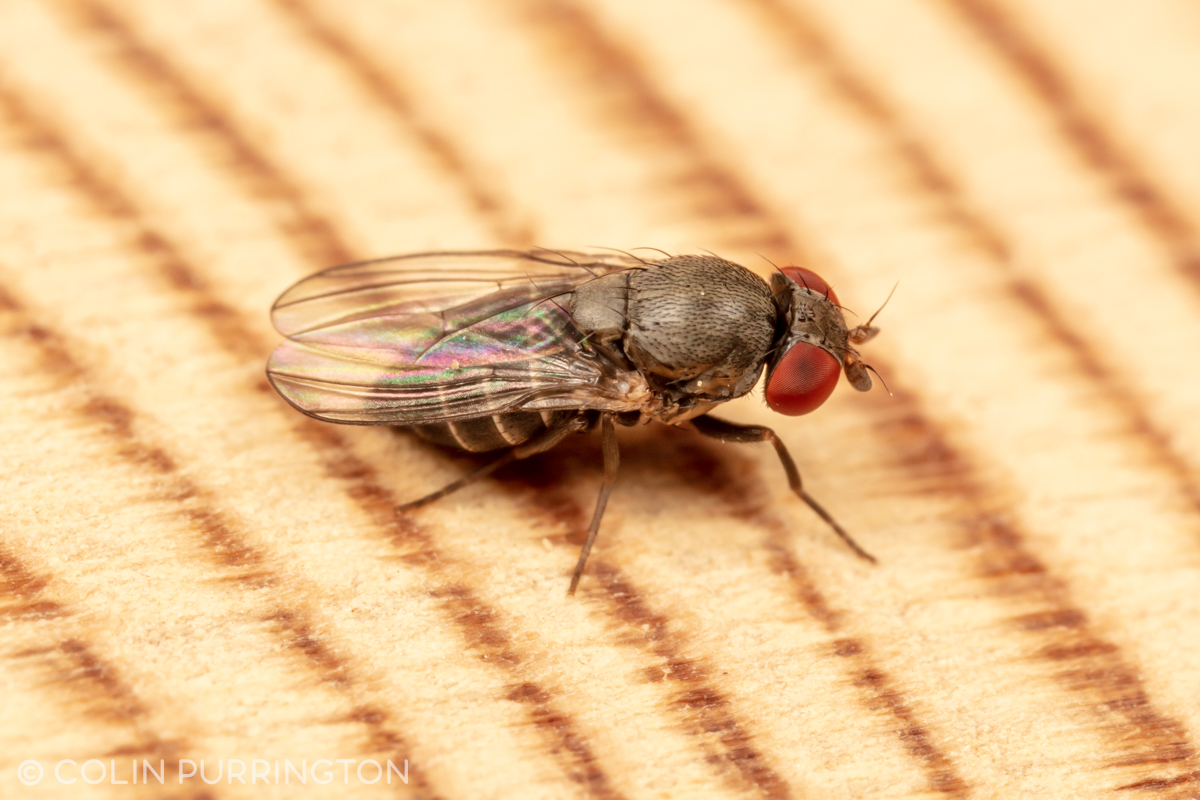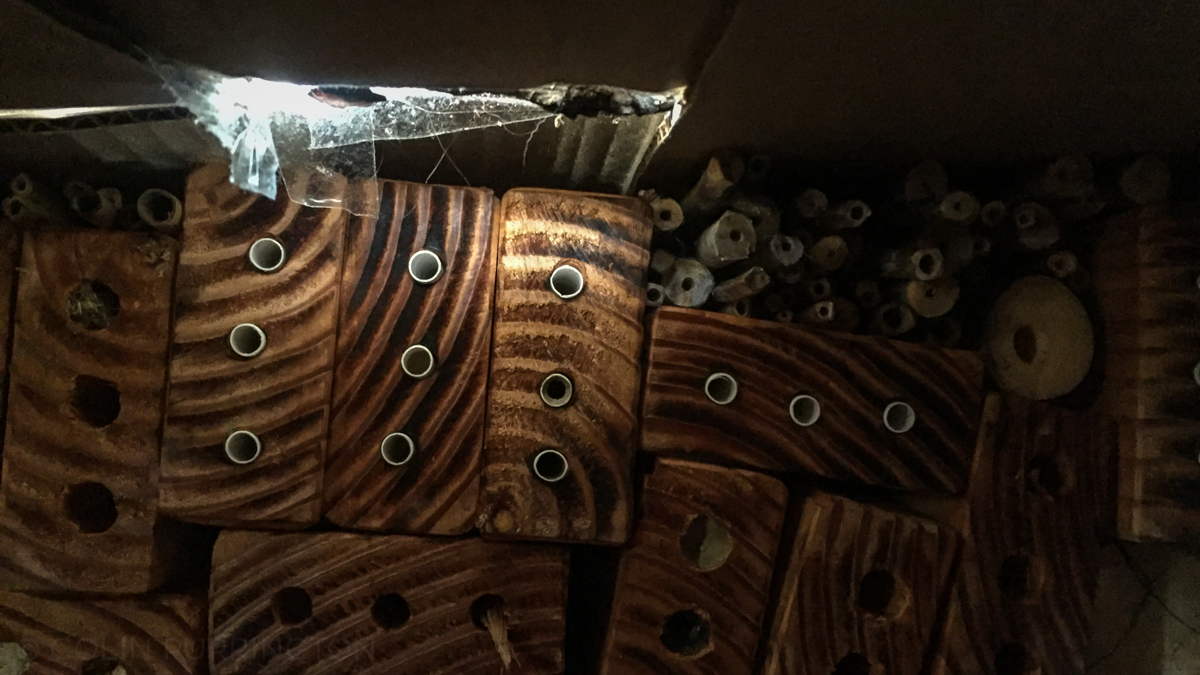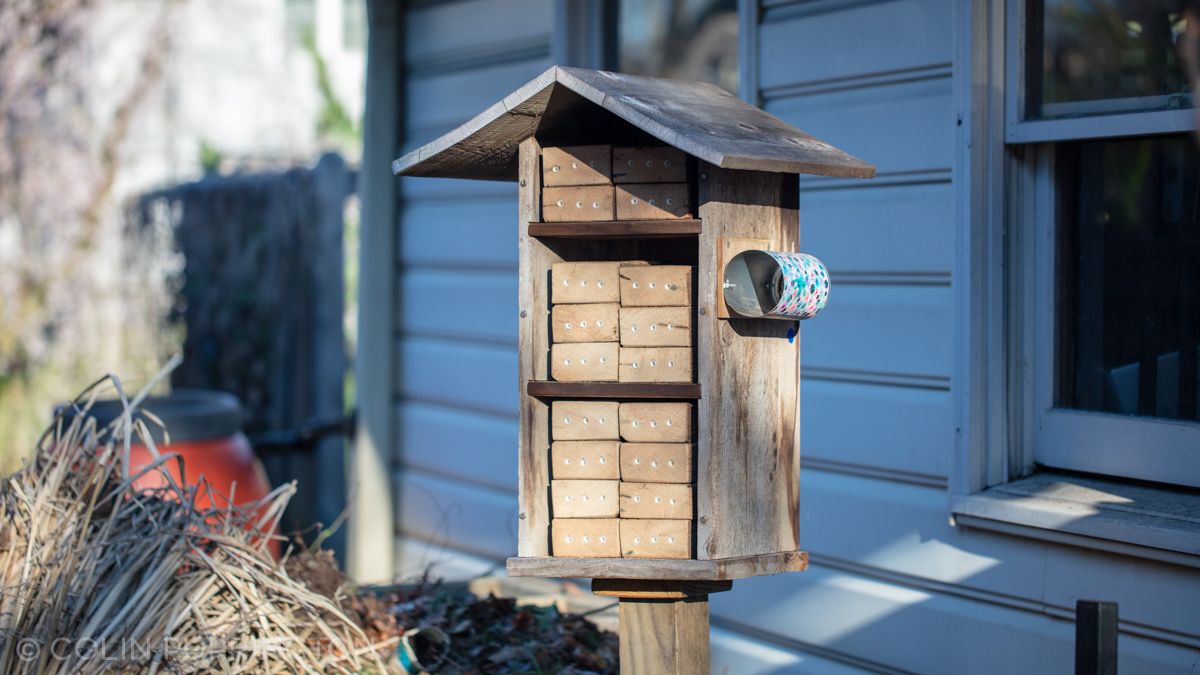Thread and PSA about Houdini flies (Cacoxenus indagator) for folks with bee hotels. When I first saw one at my bee hotel in 2019 I thought it was just a fruit fly from nearby compost pile. I was right about it being a drosophilid but very wrong about the "just". 1/11
It didn& #39;t behave like a typical fruit fly. Seemed unusually interested in bee tunnels and wasn& #39;t easily spooked by my camera. I ID& #39;d it in 10 seconds by Googling, "small fly lurking solitary bee", which delivered this page by @Ed_P_Wildlife: https://www.edphillipswildlife.com/solitary-bees-and-parasitic-flies.">https://www.edphillipswildlife.com/solitary-... 2/11
After identifying the fly I went to @BugGuidenet (as one does) to learn more. It turned out that there was only one sighting in the United States, in Brooklyn, NY, from 2011. Also at a bee hotel. At the time, I just thought, "rare fly — cool". https://bugguide.net/node/view/627975">https://bugguide.net/node/view... 3/11
But apparently it is not rare at all. @WSDAgov, for example, recently sent out an alert that the Houdini fly is established in Washington. The alert has helpful tips and links, too. https://agr.wa.gov/departments/insects-pests-and-weeds/insects/apiary-pollinators/pollinator-health/houdini-fly">https://agr.wa.gov/departmen... 4/11
If the Houdini fly is in New York, Pennsylvania, and Washington, it& #39;s likely in other places, too. If you see one, take a photograph and submit to @inaturalist so that experts can benefit from improved range data. Currently there& #39;s just one (mine). https://www.inaturalist.org/observations?verifiable=true&taxon_id=505829&place_id=97394&preferred_place_id=97394&locale=en">https://www.inaturalist.org/observati... 5/11
As a practical matter, the presence of the Houdini fly in the United States is yet another reason to move to nesting tubes that can be taken apart and purged of pests. @entobarbie has a good thread on this: https://twitter.com/entobarbie/status/1245089942382022656?s=20.">https://twitter.com/entobarbi... 6/11
Sadly, many of my bees from 2019 season are inside unlined holes drilled in wood. I& #39;m guessing hundreds of Houdini flies are going to emerge. Here& #39;s a photograph of my emergence box (bees exit via holes). I should have taken apart the paper straws during the winter (my bad). 7/11
Here is my 2020 hotel (or at least the backyard one). All of the holes are lined with paper tubes so I& #39;ll be able to purge Houdini flies. There are several companies that sell these inserts, plus trays that accommodate them (i.e., you don& #39;t need drilled blocks like I have). 8/11
If you& #39;d like more information on the Houdini fly, I highly recommend this article by @m_c_marshall. Has a good description on how adults can inflate heads to break out of their mud cells. https://www.newscientist.com/article/dn19764-zoologger-houdini-fly-inflates-head-to-break-walls/">https://www.newscientist.com/article/d... 9/11
@N_Nature also has several good videos of Houdini flies in action. E.g., https://nurturing-nature.co.uk/wildlife-garden-videos/the-houdini-fly-cacoxenus-indagator-escape-artist-that-uses-its-head-2/">https://nurturing-nature.co.uk/wildlife-... 10/11
In case of interest, cacoxenus apparently means "bad guest". And I wonder whether indagator might refer to the the species& #39; fondness for investigating holes in search of victims. #etymology #entomology https://www.merriam-webster.com/dictionary/indagate">https://www.merriam-webster.com/dictionar... 11/11

 Read on Twitter
Read on Twitter




